Wot’s this? Editor ‘Arris on a press launch? That’s right, ‘is Editorship is back in the saddle, escaping the wretched Canadian winter to bring you this Yamaha R3 review.
Yamaha has finally launched their long-awaited small-capacity beginner street bike in 2015, with the all-new R3. Since the mother company decided not to have an international press launch, it was up to each subsidiary to run their own event.
Yamaha Canada opted to take Canadian journalists to Birmingham, Alabama to ride the new R3, along with a complete selection of its other 2015 fare (write ups on those bikes to follow).
What’s New?
 Everything is new (it’s a new bike), but here’s a quick rundown of what it’s all about (if you don’t care about the tech head stuff, you may want to skip ahead to The Ride).
Everything is new (it’s a new bike), but here’s a quick rundown of what it’s all about (if you don’t care about the tech head stuff, you may want to skip ahead to The Ride).
The engine is a vertical twin, with the crank spaced at 180 degrees (when one piston is at the top, the other is at the bottom) and four valves per cylinder. The forged pistons are offset by 7 mm to exhaust side, which Yamaha claim increases power output and improves fuel economy. The gearbox has six speeds.
The engine also serves as a stressed member in the diamond-type steel frame, with fixed mounts at the rear but rubber at the front to help minimize vibrations. Suspension consists of KYB 41 mm non-adjustable conventional fork up front and a single linkless shock at the rear (seven-step spring preload adjustable).
 There’s a single-disc front brake with twin-piston caliper, and a single disc/single piston caliper out back. Wheels are 17-inchers and fuel capacity is 14 litres.
There’s a single-disc front brake with twin-piston caliper, and a single disc/single piston caliper out back. Wheels are 17-inchers and fuel capacity is 14 litres.
The R3 will be available in three colours for 2015; Blue, Vivid Red and Metallic Black and should be available in dealers end March/early April this year. MSRP is $4,999 (black) & $5,099 (red & blue), which is only $9 more than in the US (good job Yamaha Canada!).
Oh, and the bike is built in Indonesia, which is how they keep the price down. Okay, onto …
The Ride
 After a well-made burrito in the rather decrepit town of Talladega, Alabama, it was time to head back towards the hotel. It wasn’t late but the weather forecasters had dire warnings of Biblical downpours later in the afternoon and the morning hadn’t been exactly dry either. But coming out of the restaurant, it was time for the shades and a brief opportunity for a dry ride.
After a well-made burrito in the rather decrepit town of Talladega, Alabama, it was time to head back towards the hotel. It wasn’t late but the weather forecasters had dire warnings of Biblical downpours later in the afternoon and the morning hadn’t been exactly dry either. But coming out of the restaurant, it was time for the shades and a brief opportunity for a dry ride.
 The morning had been focused on trying to get photos done — a necessary evil at any press launch — but the afternoon was free. A couple of journalists peeled off to find their own route, but the rest of us were keen to resample the morning’s ride, unfettered by photos, a large group or slippery roads.
The morning had been focused on trying to get photos done — a necessary evil at any press launch — but the afternoon was free. A couple of journalists peeled off to find their own route, but the rest of us were keen to resample the morning’s ride, unfettered by photos, a large group or slippery roads.
The pace was quicker as soon as we cleared town and I freed myself of the weight of over-analyzing each and every aspect of the bike.; I tucked in and gave her, and remembered why I love small bikes. They’re a bit like a peaty scotch – you can explore the subtle tastes and dimensions – unlike the sledgehammer power of a Jack Daniels that you find in a bike that is twice the size, or more.
 You have to rev small bikes to make power, and the R3 will need to go close to the 12,500 rpm redline if you want to use all the power on tap. I learn to trust the little white shift timing light at the top of the clocks that comes in at 11,000 rpm, tap the clutch, prod the gear change (using the side of my boot as the throw is rather short) and repeat. It’s not an R1; nothing is overly fast or overwhelming. But it’s sane and easy as a result.
You have to rev small bikes to make power, and the R3 will need to go close to the 12,500 rpm redline if you want to use all the power on tap. I learn to trust the little white shift timing light at the top of the clocks that comes in at 11,000 rpm, tap the clutch, prod the gear change (using the side of my boot as the throw is rather short) and repeat. It’s not an R1; nothing is overly fast or overwhelming. But it’s sane and easy as a result.
 I’m up to 120 km/h (7,500 rpm in top) as the sharp left-hander comes up and I roll off the throttle, squeeze the front brake, drop it down two gears and swoop into the turn. The exhaust has a surprisingly satisfying bark on the over-run and as I come out of the corner I quickly open the throttle to the stop again and repeat the process. Job done, no drama, no fear, just plain fun.
I’m up to 120 km/h (7,500 rpm in top) as the sharp left-hander comes up and I roll off the throttle, squeeze the front brake, drop it down two gears and swoop into the turn. The exhaust has a surprisingly satisfying bark on the over-run and as I come out of the corner I quickly open the throttle to the stop again and repeat the process. Job done, no drama, no fear, just plain fun.
There’s no powerband as such, the power just winds up with the revs, but at a max claimed output of 42 hp, it’s sufficient to keep it in sixth and cruise along happily. Passing requires that you drop down a gear or two but I found it quite easy to climb a steepish hill in fifth.
Although the motor’s crank arrangement minimizes vibration, Yamaha added a balancer shaft too and the result is an exceptionally smooth ride without removing all engine feedback in the process.
 The brakes and suspension are not technologically remarkable, which helps keep the price down, but Yamaha has done what is needed. The front brake comes on progressively and predictably. Need to slow down quickly? Squeeze the lever firmly and there you go. Likewise the non-adjustable suspension kept the bike and my not-too-inconsiderable mass in check at all times on the ride.
The brakes and suspension are not technologically remarkable, which helps keep the price down, but Yamaha has done what is needed. The front brake comes on progressively and predictably. Need to slow down quickly? Squeeze the lever firmly and there you go. Likewise the non-adjustable suspension kept the bike and my not-too-inconsiderable mass in check at all times on the ride.
 Perhaps the R3s biggest oversight is the lack of ABS in North America. It is fitted as standard in Europe and should be available at the very least as an option here. Honda’s CBR300 and Kawasaki’s Ninja 300 all have ABS optional models and even for the seasoned rider, ABS is a real bonus. For the new rider, it’s a potential lifesaver.
Perhaps the R3s biggest oversight is the lack of ABS in North America. It is fitted as standard in Europe and should be available at the very least as an option here. Honda’s CBR300 and Kawasaki’s Ninja 300 all have ABS optional models and even for the seasoned rider, ABS is a real bonus. For the new rider, it’s a potential lifesaver.
I like what Yamaha has done with the R3 styling. They’ve given it the R-family styling but kept the ergonomics biased towards the real world. Even at 6’4”, I’m pretty comfortable on the bike. The clip-on bars aren’t too low, the seat looks like a slab but is actually quite comfy and my lanky legs even fit within the tank cutaways – something that is by no means guaranteed on any bike.
 The fly in the ointment is with my legs though. The R3 — like all the bikes in its class — has a relatively low seat height at 780 mm. At some point they have to save space, otherwise the pegs will touch down in even the mildest corner; as a result, there’s not a lot of leg room. I’m cramped, but I’m not the target rider; new riders are, and new riders like an easy reach to the ground.
The fly in the ointment is with my legs though. The R3 — like all the bikes in its class — has a relatively low seat height at 780 mm. At some point they have to save space, otherwise the pegs will touch down in even the mildest corner; as a result, there’s not a lot of leg room. I’m cramped, but I’m not the target rider; new riders are, and new riders like an easy reach to the ground.
The ride finished with a blast into Birmingham on the interstate. I was keen to see how fast the R3 would go and saw 165 km/h before I caught up with traffic. I’m guessing it would likely top out at an indicated 175 km/h, and although this requires a full tuck, at regular speeds I was surprised at how well the tiny screen kept most of the wind off the chest.
 I know highway usage is always a concern for someone thinking about buying a 300-class bike, but I would have no qualms riding this bike for long distances on the multi-lane, save for maybe leg comfort.
I know highway usage is always a concern for someone thinking about buying a 300-class bike, but I would have no qualms riding this bike for long distances on the multi-lane, save for maybe leg comfort.
Happy Place?
The R3 seemed pretty happy just about anywhere. On our short ride, the twisty, tight stuff was where I had the most fun. You need to work the box in the corners, but it handles easily thanks to its low weight and friendly power. Short straight are fun to get the motor howling too. Even a short ride on the highway was fun, though could be a bit of work after a while.
Compy Comparo
With our new Buyer’s Guide it’s easy to be able to compare competing bikes and below is what we get with the R3’s closest competition; the Honda CBR300, Kawasaki Ninja 300 and Suzuki GW250 (ABS equipped models not shown).
 Although the GW250 sports a fairing, it’s the least sporty of the bunch and Suzuki well and truly missed the shift away from 250 to 300 that Kawasaki initiated to piss off Honda who thought they had a winner with their CBR250.
Although the GW250 sports a fairing, it’s the least sporty of the bunch and Suzuki well and truly missed the shift away from 250 to 300 that Kawasaki initiated to piss off Honda who thought they had a winner with their CBR250.
Honda has since done a very quick catch up by punching the 250 up to 300 (well, 286cc). But they are still stuck with a single cylinder compared to everyone elses twins and up until now it looked like Kawasaki may have retained their 300 crown.
But hang on, enter stage left Yamaha with the R3, who pulled a Kawasaki by bumping up the ccs even further to 320 – a whole 25 cc more than the Ninja, That may not seem like much but it gives them three extra horses and 2 more ft-lbs, while coming in six kilos and $400 less to boot. Kawasaki must be fuming.
Unless of course you want ABS …
Specifications
Related Models
| Brand | Model | MSRP | Engine Size | |
|---|---|---|---|---|
 |
Honda | Ruckus | $ 3,099 | 49 |
 |
Yamaha | BWS50 | $ 2,699 | 49 |
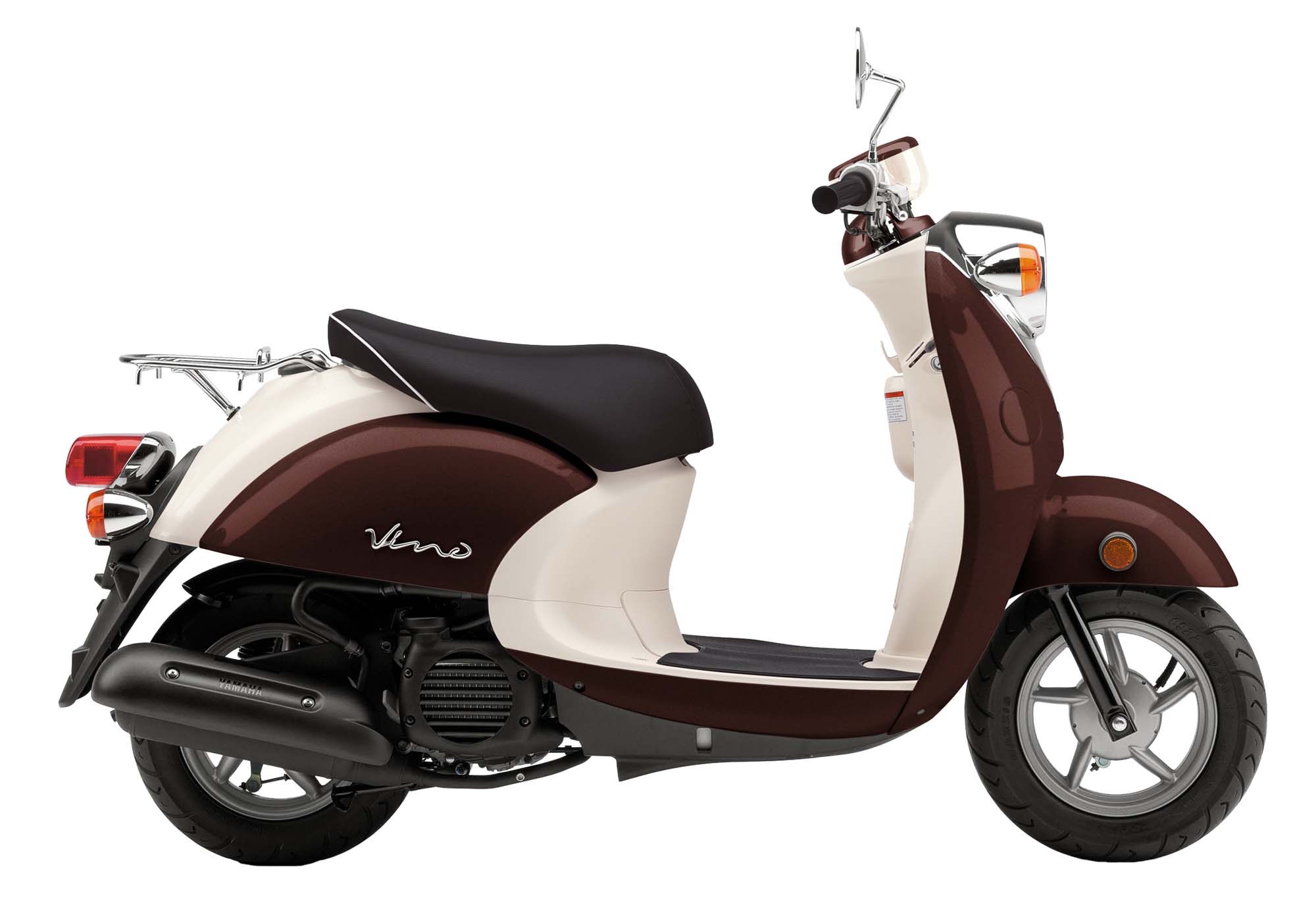 |
Yamaha | Vino | $ 2,799 | 49 |
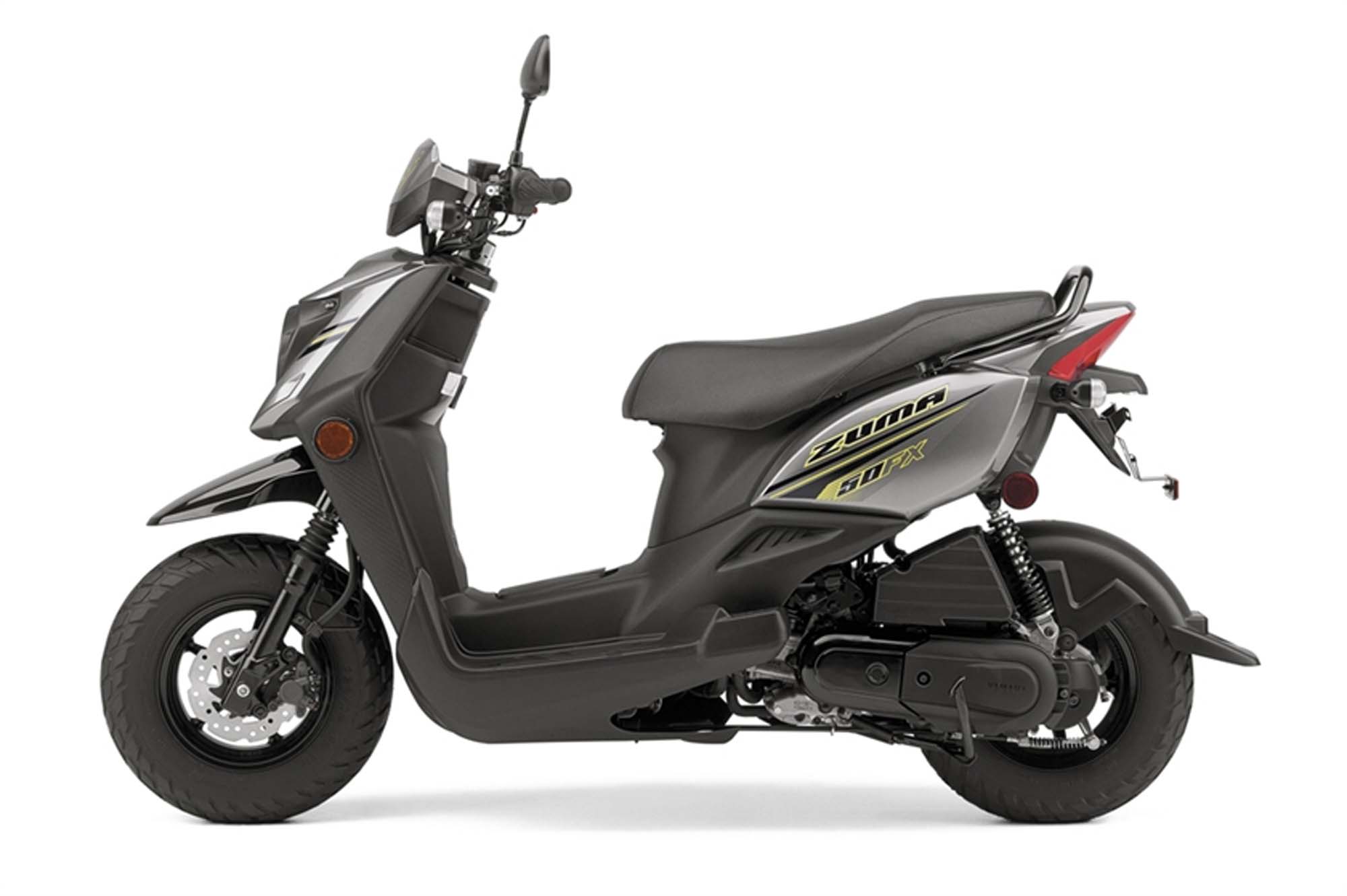 |
Yamaha | Zuma X | $ 2,899 | 49 |
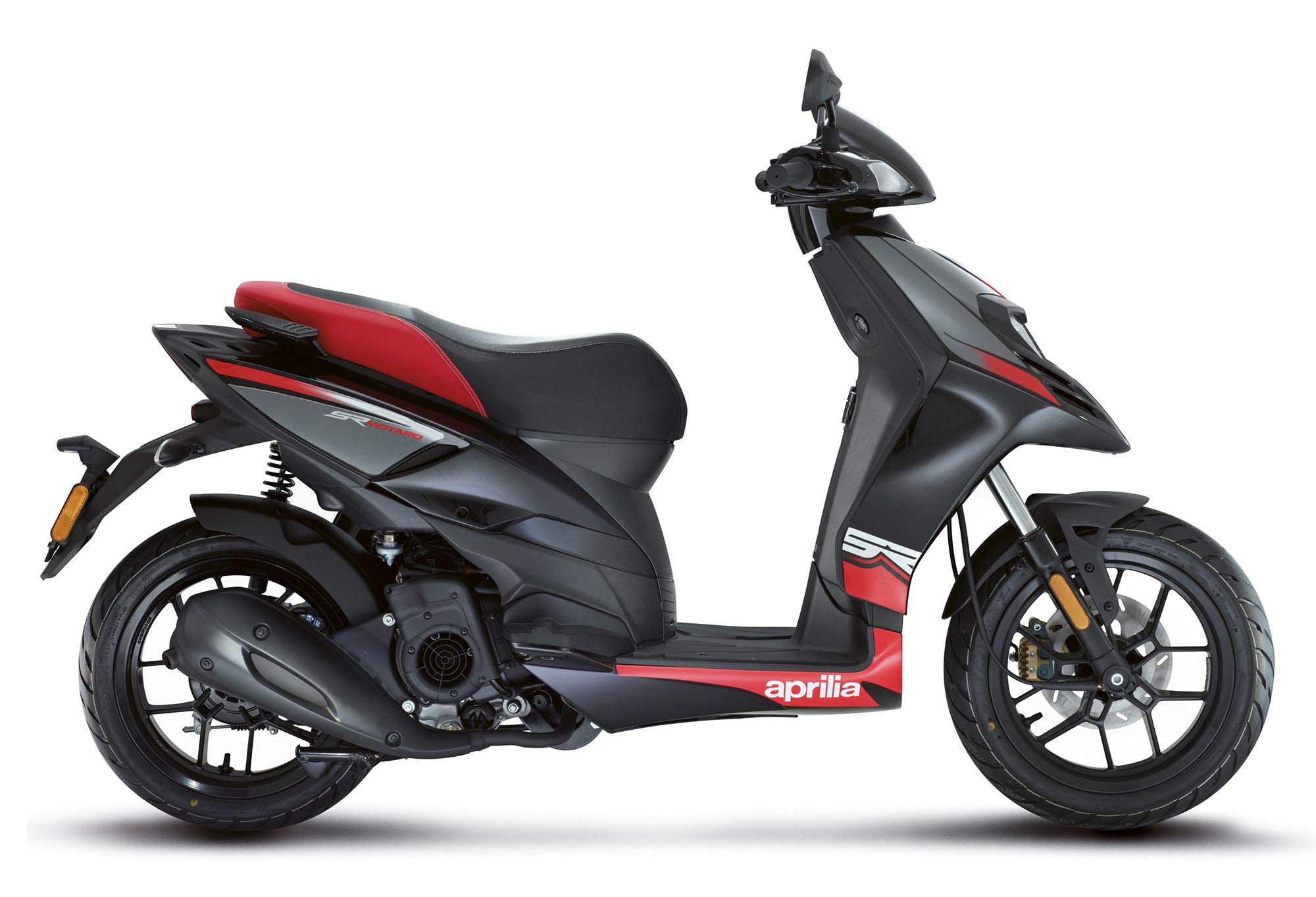 |
Aprilia | SR MOTARD 50 | $ 2,195 | 49 |
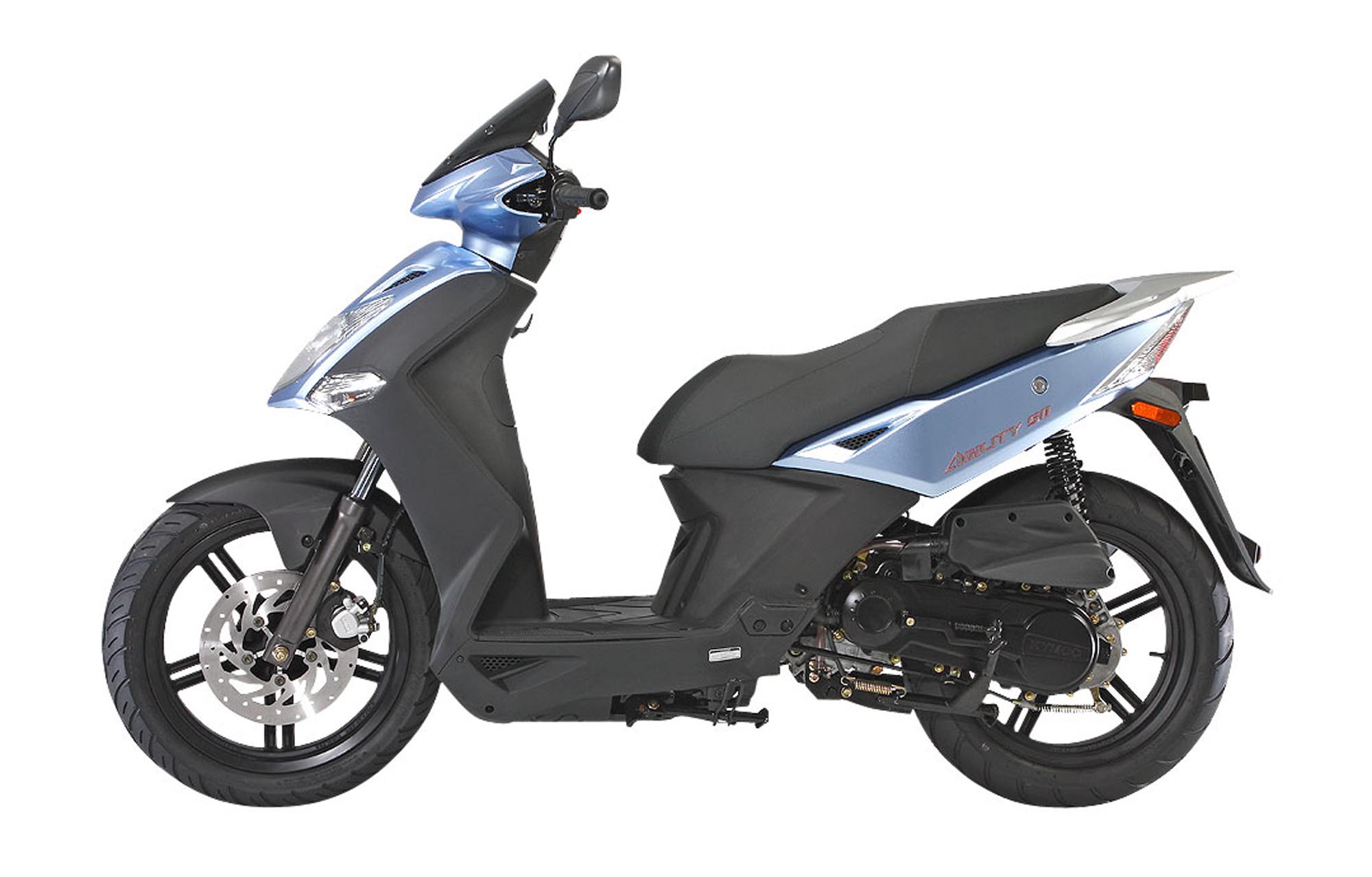 |
KYMCO | Agility City 50 4T | $ 2,595 | 50 |
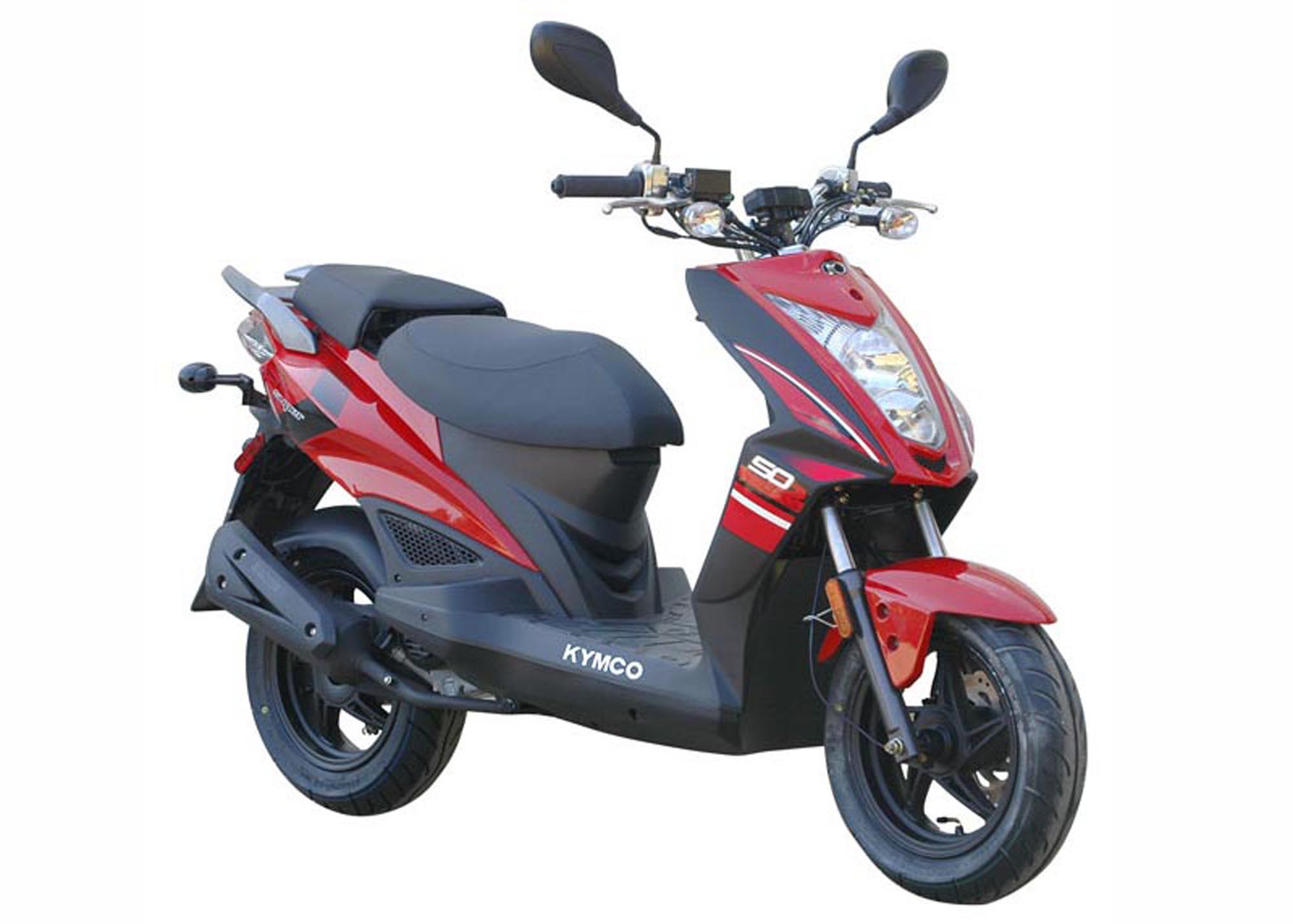 |
KYMCO | Super 8R Naked 50 | $ 2,695 | 49 |
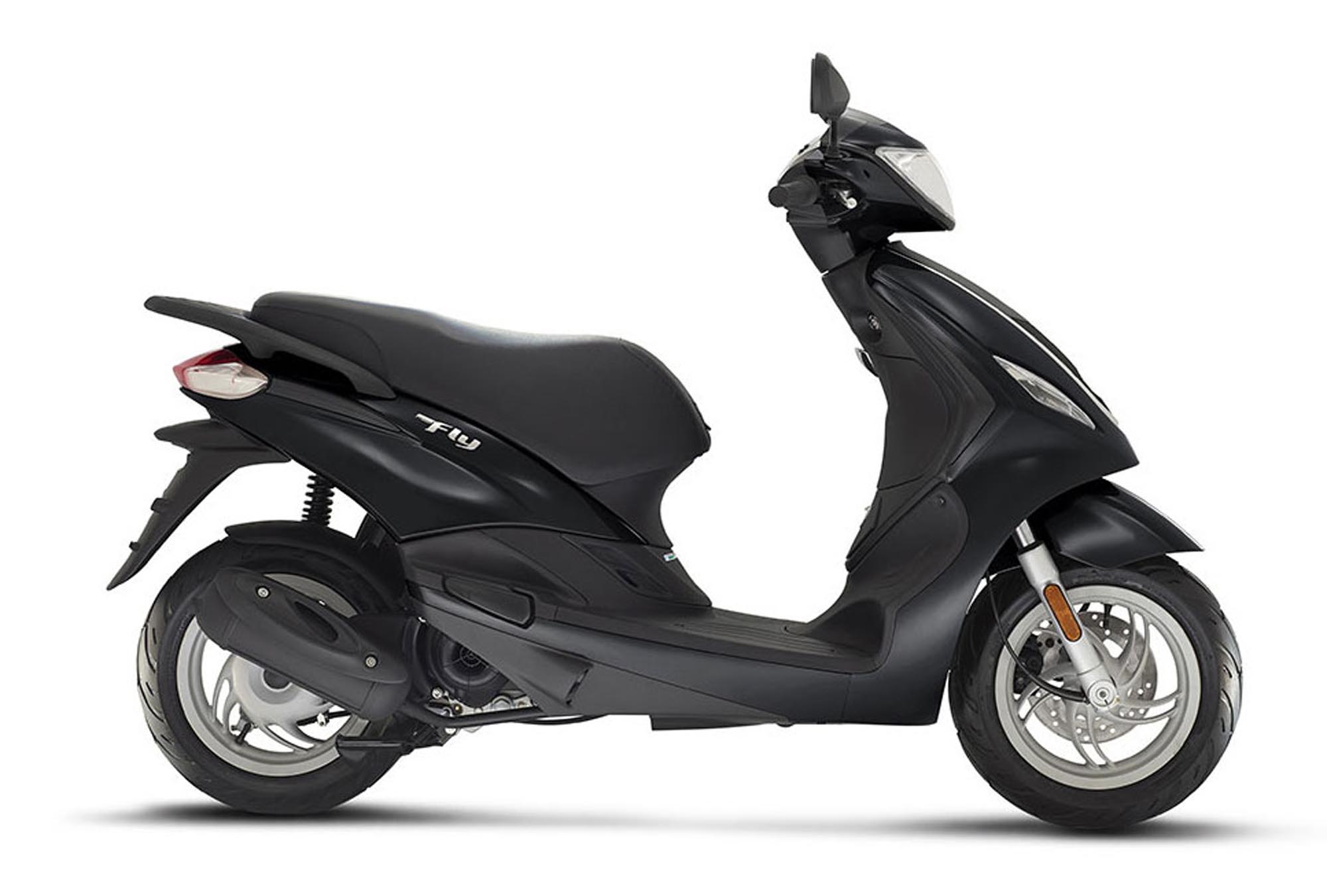 |
Piaggio | Fly 50 4V | $ 2,395 | 50 |
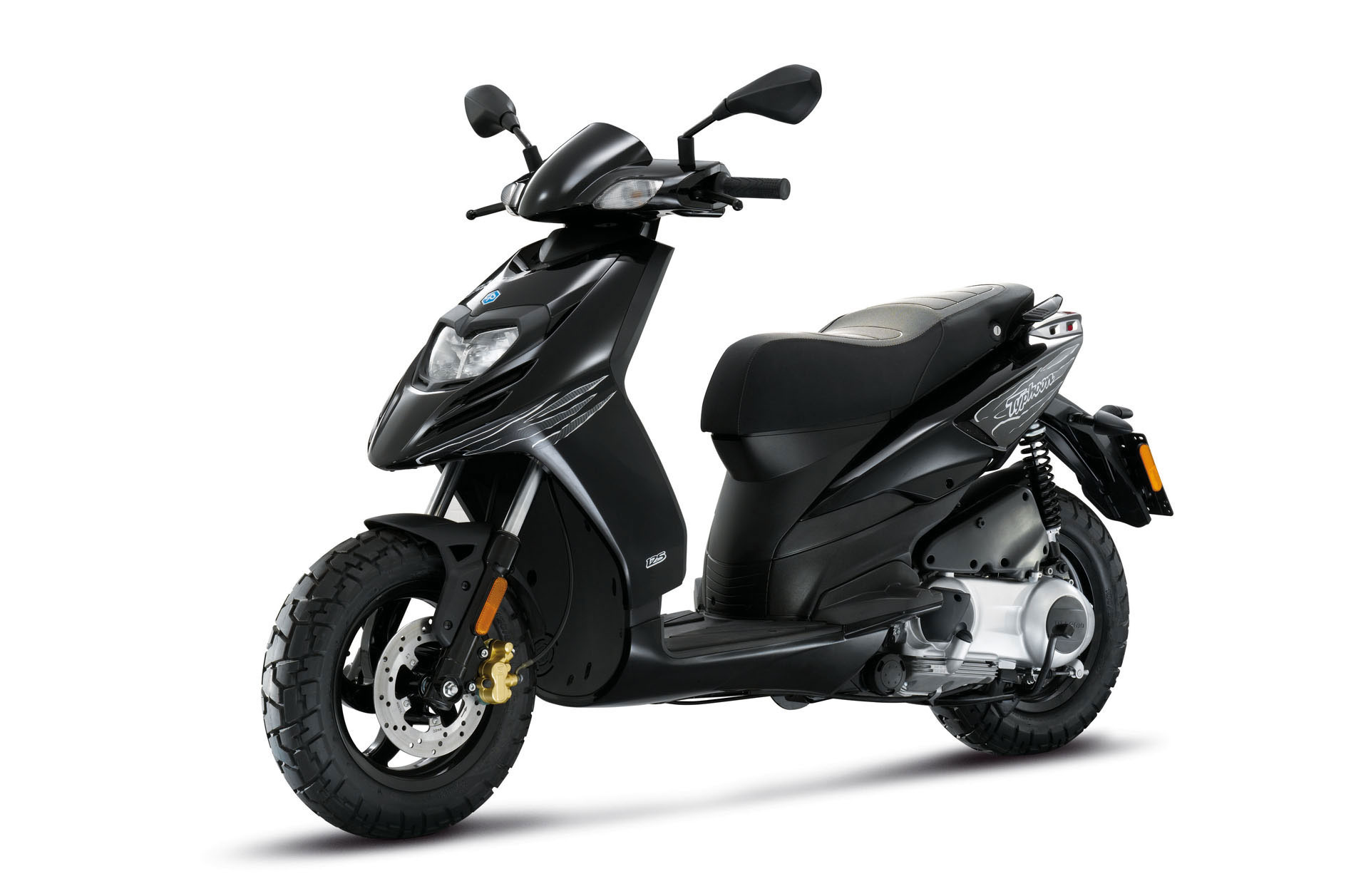 |
Piaggio | Typhoon 50 | $ 2,095 | 49 |
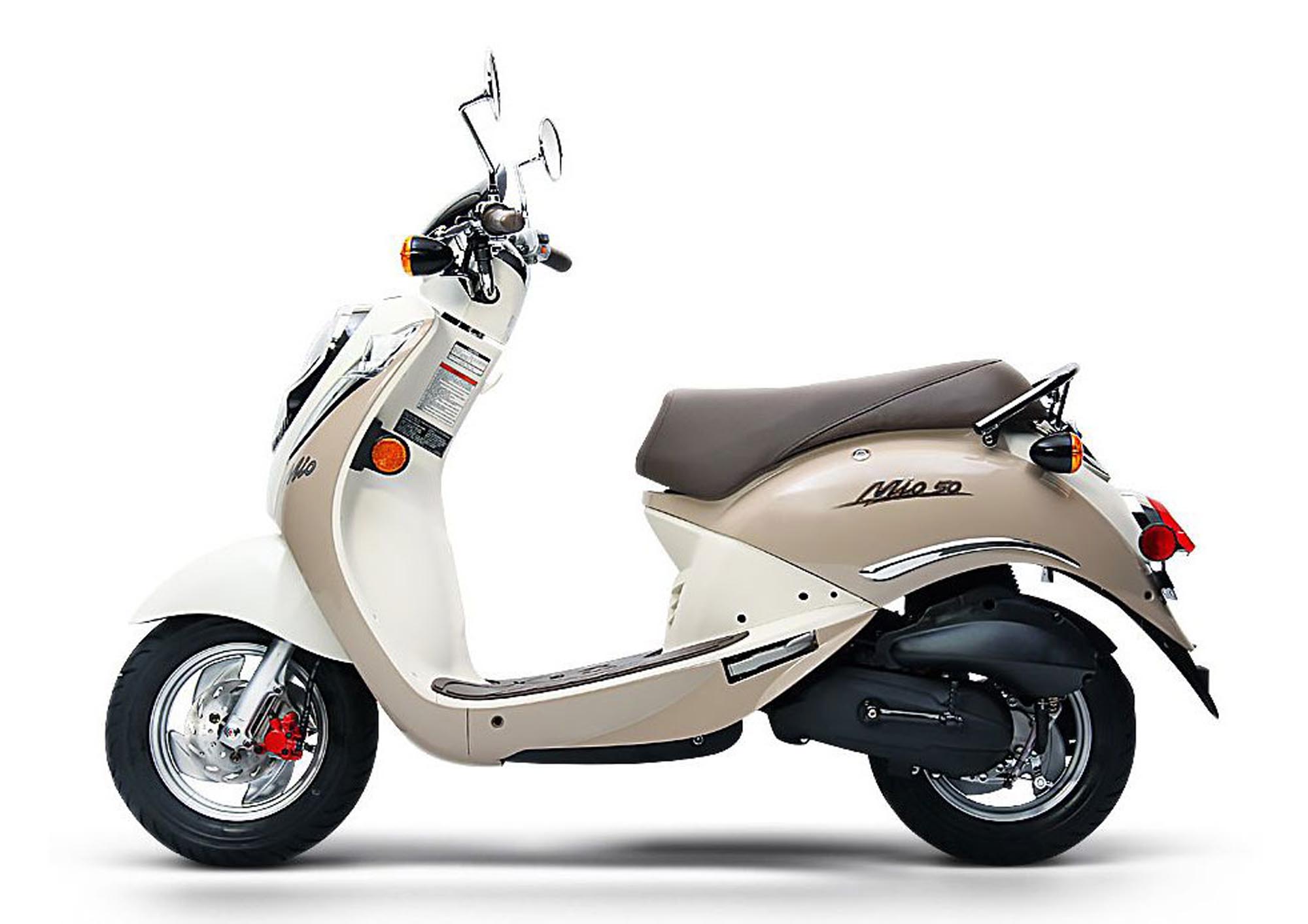 |
SYM | MIO | $ 2,349 | 50 |
 |
SYM | MIO | $ 2,349 | 50 |
 |
Yamaha | Zuma X | $ 2,999 | 49 |
 |
Yamaha | BWS50 | $ 2,699 | 49 |
 |
Yamaha | Vino | $ 2,899 | 49 |
 |
KYMCO | Super 8 50X | $ 2,199 | 49 |
 |
Honda | Ruckus | $ 3,299 | 49 |
 |
Piaggio | Fly 50 4V | $ 2,545 | 50 |
 |
Piaggio | Typhoon 50 | $ 2,245 | 49 |
 |
Piaggio | Liberty 50 | $ 2,645 | 50 |
 |
Aprilia | SR MOTARD 50 | $ 2,445 | 49 |
 |
Yamaha | Zuma X | $ 2,999 | 49 |
 |
Yamaha | BWS50 | $ 2,399 | 49 |
 |
Yamaha | Vino | $ 2,899 | 49 |
 |
KYMCO | Super 8 50X | $ 2,199 | 49 |
 |
Piaggio | Fly 50 4V | $ 2,545 | 50 |
 |
Piaggio | Typhoon 50 | $ 2,245 | 49 |
 |
Piaggio | Liberty 50 | $ 2,645 | 50 |
 |
SYM | MIO | $ 2,349 | 50 |
 |
Piaggio | Liberty 50 | $ 2,645 | 50 |
 |
Piaggio | Typhoon 50 | $ 2,235 | 49 |
 |
Piaggio | Fly 50 4V | $ 2,545 | 50 |
 |
Aprilia | SR MOTARD 50 | $ 2,645 | 49 |
GALLERY
Check out all the pics that go with this story! Click on the main sized pic to transition to the next or just press play to show in a slideshow.






















I think the specifications and related models were correct before but now are wrong (Honda Giorno scooter instead of R3). You might want to check if other bike reviews have the wrong info now too.
Can it be done in F’ton…?! Just sayin’…
John.
[…] R3/R25 has also garnered lots of positive press since its introduction. See CMG’s reviews here and […]
Editor ‘Arris – The EX300 Kawasaki also has the slipper clutch, do you think that makes much of difference in the real world ?
On a track maybe and on bigger bikes, yes. Maybe it’s time to get the current crop of 300s out in a mulitbike test …
How can I help ? 🙂
[…] the R3 launch we compared it directly with the other three Japanese 250/300s, which is what we’re going to […]
[…] down in Alabama for Yamaha Motors Canada launch last week, we brought you the world’s first ride of the new R3. But that wasn’t the only bike that came out of the Yamaha trailer that week. The R1, R1M, […]
Nice revue! AS an older person considering re-entry into motorcycling,and having a 29” inseam, sounds like a perfect bike! Another good revue on motorcycle.com.
“We’ll bring you down to Alabama to try out the R3, but you have to promise not to mention ‘that orange bike’ …deal?”
😉
I didn’t include the KTM because I get a max of 4 bikes in a compare chart so thought the 4 Japanese 250 – 350 bikes made the most sense. That will be an interesting bike though, and looking forward to trying one out.
The market’s flush with great choices in the small displacement sector these days. If I wasn’t limited to pretty much one bike for doing everything I want to do, I’d love to have a small bike like these (or the KTM Duke 390, the one I really think is cool) for riding around town and on the tight back roads.
Yes, it’s a good time for small capacity bikes. And about time too.
Love the look, performance, and price. But what’s with that tail-light/rear-fender monstrosity? It’s like the designer gave up to meet a deadline.
Not much different than the tail on any other current Yamaha sporty bike – which is to say overly high with an ugly fender/license plate holder growth hanging off it. Or most other sporty bikes these days, for that matter.
Maybe they need a ‘fitment kit’ like the VulcanS with different seat/footrest/handlebar options ?
If only all bikes had that option …
Yes, thanks CMG. I love the review and comparisons to similar bikes, although, I’d argue it’s not just a beginner bike. It should prove to be an excellent commuter bike. It has the right stuff being cheap to buy, cheap to insure, cheap to maintain and fuel efficient, as are all of the bikes in this category. The R3 looks to be the most powerful and fun of the four. It will be interesting to see how it compares to the KTM RC390 although that bike seems more for the beginner with deep pockets rather than a budget conscious commuter.
Hi Terence,
You’re right. I focused on the beginner bike angle as that is what Yamaha was promoting it as, but it will make a great bike for seasoned riders too. I would be more than happy with such a bike, I’d jjust like something a little longer in the leg.
Rob
I suppose it might get tedious if every beginner bike review said it was good for commuters too. I perhaps only pointed this out because I ordered my R3 already and will commute 10,000 km a year with it. As for leg room, I’ve found that is usually solved with new seat foam and cover or just adding some foam under the existing shaped foam. All you need is a nice stapler (mine is air powered) and some short 1/4″ stainless steel T50 staples. It’s a half hour job.
Be sure to send pics! Can I have a go when it’s done?
Thanks CMG for posting one of the first reviews of the new Yamaha YZF-R3. Excellent work. Kudos. Yamaha is on a roll.